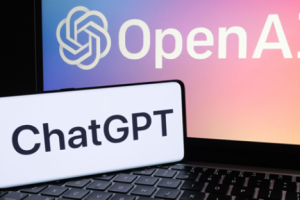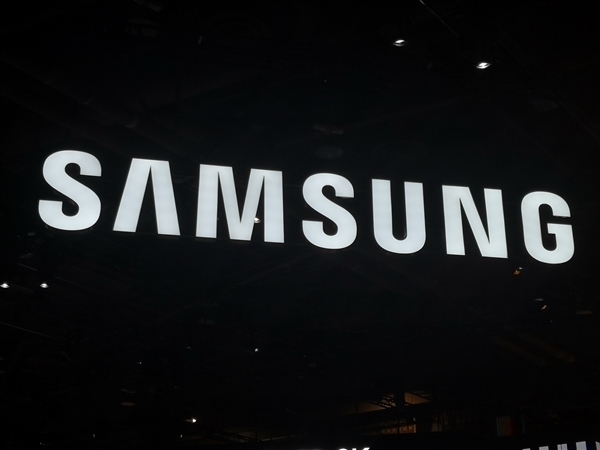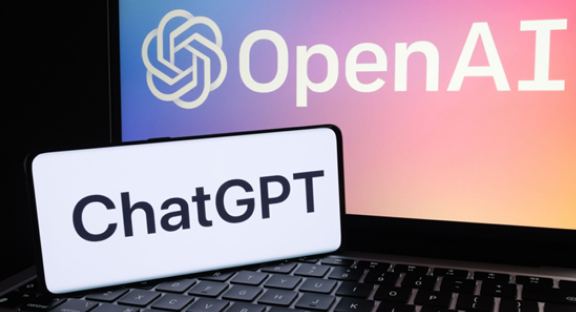March 28, 2024 – Microsoft has been granted a patent by the United States Patent and Trademark Office (USPTO) for an innovative artificial intelligence (AI) system designed to enhance workplace productivity assessments. The patent, which was recently made public, outlines a system that leverages AI to analyze employee interactions with documents, providing a new level of insight into worker performance.

The patented AI technology collects data on employee document activity within a specified timeframe, tracking modifications, deletions, additions, and other actions. This allows employers to gain a deeper understanding of how engaged employees are with their work and to identify instances of potential unproductivity or “slacking off.”

The primary objective of this technology is to determine which individuals are making the most significant contributions to shared documents, particularly within applications like OneDrive. However, its capabilities extend beyond mere contribution analysis.

In the patent application, Microsoft highlights the limitations of existing technologies in accurately depicting the relationship between employees and documents. Currently, it can be challenging to distinguish between employees who make minimal edits and those who substantially contribute to document content.

By leveraging AI, Microsoft aims to provide a more nuanced understanding of this relationship. The company envisions a future where Microsoft 365 not only tracks employee activity but also generates comprehensive reports on their work.

This AI system offers a unique advantage over traditional productivity tracking methods. Not only can it monitor the amount of time an employee spends working, but it can also analyze the quality of their work based on various parameters. This allows for a more holistic evaluation of employee performance, providing valuable insights for both human resources departments and supervisors.

In conclusion, Microsoft’s newly patented AI technology represents a significant step forward in workplace productivity assessment. By offering a more detailed and accurate picture of employee contributions and performance, it paves the way for more effective management strategies and a more engaged workforce.












